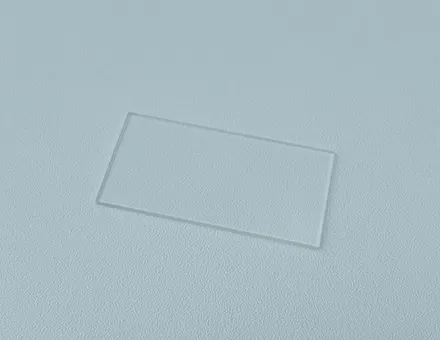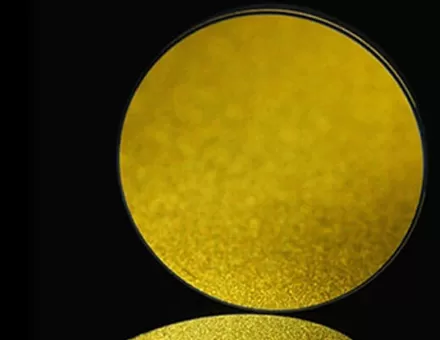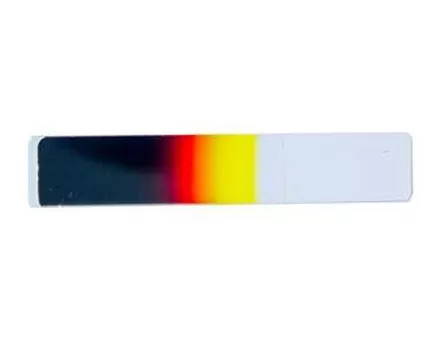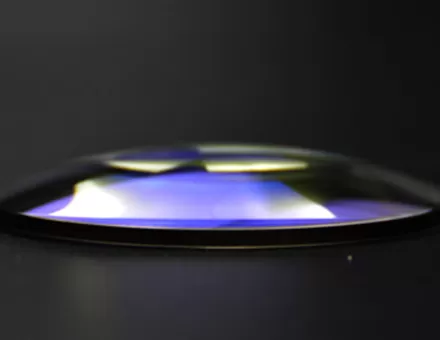The filter is made of plastic or glass and special dyes. The red filter can only let red light pass through, and so on. The refractive index of the glass sheet is initially similar to that of air, and all colored lights can pass through, so it is transparent. Still, after adding dyes, the molecular structure changes, and the refractive index also changes, which changes the passage of certain colored lights. For example, a beam of white light passes through a blue filter and emits blue light, while green and red light are very few, most of which is absorbed by the filter. The role of optical filter film is obvious. They are widely used in the photography industry. Why are the main scenes so prominent in some landscape paintings taken by master photographers? This is the filter that played a role.
Ⅰ. The working principle of the optical filter film
The filter is made by adding special dyes to the plastic or glass substrate or evaporating an optical film on its surface to attenuate certain light wavebands in the light wave. It can accurately select a small range of light waves to pass through while reflecting off other undesirable light waves. Hope to pass the band. By changing the structure of the optical filter and the optical parameters of the film layer, various spectral characteristics can be obtained. The filter can control and adjust the light wave's transmission, reflection, polarization, or phase state. Filters are generally classified according to spectral bands, spectral characteristics, coating materials, and application characteristics.
According to the spectral characteristics, filters can be divided into bandpass filters, cut-off filters, dichroic filters (half mirrors), neutral density filters, reflective filters, etc. The spectral bands can be divided into ultraviolet band filters, visible light filters, and infrared band filters. Filters can be divided into soft film filters and hard film filters according to the applied film material; based on application characteristics, they can be divided into filters for medical biochemical instruments, fluorescence microscopes, and multi-band dural filters for police.
Ⅱ. Applications of the optical filter film
Optical filter film contain crystals and blue glass. The AR coating on the surface of the crystals is used to improve light penetration, while blue glass is used to filter out infrared rays. In addition to special filters for black and white and color photography, some filters can be universal, such as ultraviolet lens, polarizing lens, neutral gray lens, soft light lens, fog lens, and so on. Due to limited space, we only introduced some commonly used filters. The ultraviolet filter is also called a UV lens. Its function is to absorb ultraviolet light and a small amount of blue ultraviolet light invisible to human eyes and enhance the clarity of distant scenes. In addition, it also plays a role in protecting the lens from water and dust. Therefore, photographers like to install a UV lens on each lens. The polarizer is also called the polarizer, and the angle needs to be adjusted to eliminate the polarized light. The main functions of the polarizer are: eliminate the reflection of non-metallic surfaces; it can darken the blue sky, deepen its hue, and increase the color saturation of the subject; because the polarizer is gray, it also plays a role in blocking light, to act as a gray density mirror.
The soft lens is also called the soft-focus lens. The lens is colorless and transparent, and the surface has different density patterns. It can scatter the light beam and thus play a softening effect. Soft lenses are often used when shooting portraits. Special effect filters can change the normal effects of the image and make the screen show a variety of wonderful changes. There are two types of optical filter films for installation and use. One is the colored or colorless optical glass used on the lens. For the sake of conceptual clarity, we call it a filter. This kind of filter can be divided into black and white photography filter, color photography filter color, black and white photography common filter, special effect filter according to its photography purpose.


















 EN
EN





